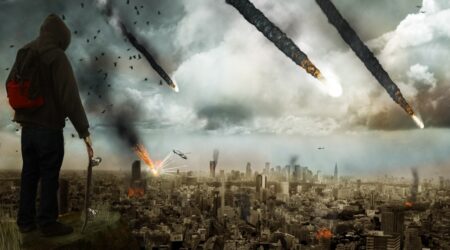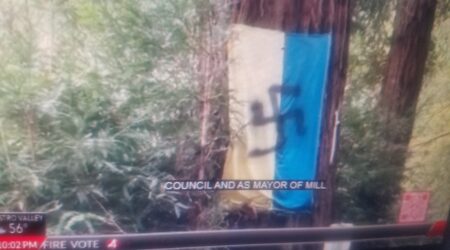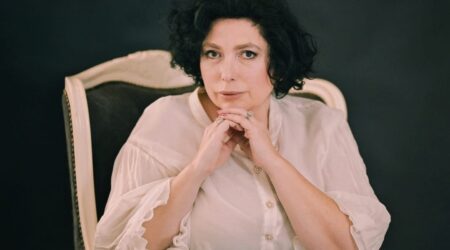Angel Island Immigrants Heritage Gala in San Francisco
With unique and inspiring immigration stories, the Angel Island Immigration Station Foundation Gala celebrated “Immigrant Dreams and Hero Voices” by honoring the extraordinary lives of renowned architect I.M. Pei, the Honorable Secretary of Transportation Norman Mineta, the Yahoo Corporation founder Jerry Yang, and President of the California State Board of Dental Examiners Dr. Herbert Yee […]
With unique and inspiring immigration stories, the Angel Island Immigration Station Foundation Gala celebrated “Immigrant Dreams and Hero Voices” by honoring the extraordinary lives of renowned architect I.M. Pei, the Honorable Secretary of Transportation Norman Mineta, the Yahoo Corporation founder Jerry Yang, and President of the California State Board of Dental Examiners Dr. Herbert Yee and their contributions to American society. Their lives illustrate the critical impact that Angel Island and Pacific Coast immigration have on America and remind us why it is important for the AIISF to continue telling these stories.
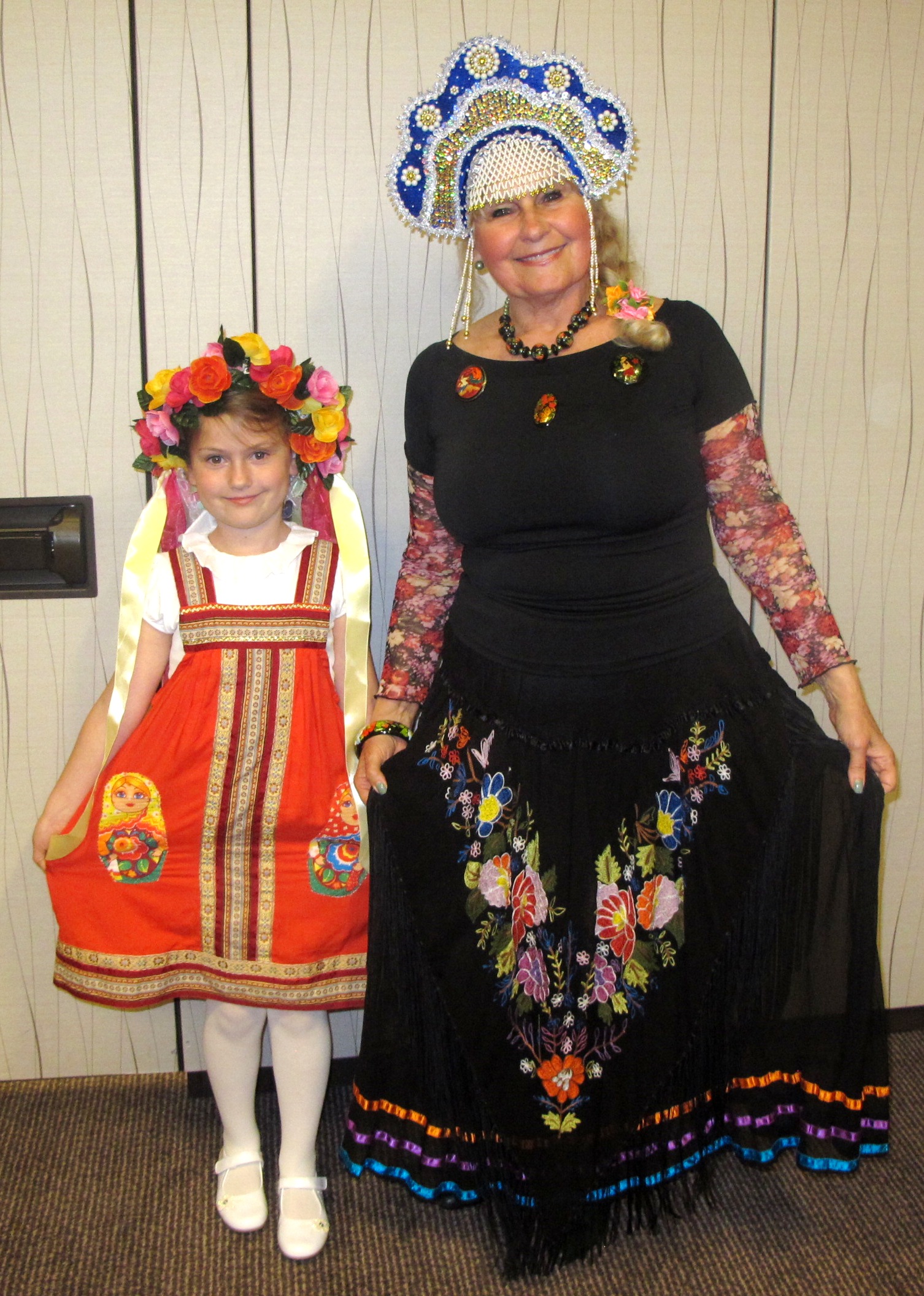
The 2017 Immigrant Heritage Awards Gala and the Awards presentation took place at the sold-out event at the Grand Hyatt Hotel in San Francisco. A special attraction of the evening was the colorful international fashion show with models sashaying in their ethnic costumes representing the countries of origin of the immigrants who came to Angel Island from China, Korea, the Philippines, Vietnam, India, Russia, and Japan. Over 700 people attended the gala.
Known as the Ellis Island of the Pacific Coast, the AIISF welcomed approximately 8,000 Jews and Russians who passed through Angel Island between 1910 and 1940. They included Jews, Baptists, Molokans, and Mennonites who were fleeing religious persecution and military service; people seeking better economic opportunities; those fleeing political persecution under the new Soviet regime; and Jewish refugees seeking a safe haven from Nazism. For them, class, nationality, and political convictions, but not race, were the main criteria for exclusion. Overall, the Russian and Jewish experiences on Angel Island were very similar to their counterparts on Ellis Island. Fewer than two percent were deported, many because they were deemed “Likely to Become a Public Charge” – in other words, they had few financial resources. There were many ethnic and religious organizations available such as the Hebrew Immigrant Aid Society to help them so few were actually deported. Large numbers of Russian, Polish, and Lithuanian Jews began arriving at Angel Island in 1915.
They were mainly men who had left their homes to escape the turmoil of war and military duty. Most of them had to travel through Siberia to Harbin or Shanghai, then across the Pacific. Jewish women and children fleeing the war in Russia began arriving in 1917 and 1918 to join family members mainly on the East Coast. Some were excluded because of a new literacy clause in the 1917 Immigration Act intended to curb the new immigration from Eastern Europe and exclude South Asians. Unlike Asian immigrants who were given thorough physical examinations, interrogated for hours and detained for weeks until a final decision was made, most European immigrants had an easier time. They were not subject to the same laws as Asians, although the 1924 Immigration Act made it more difficult for those from Southern and Eastern Europe to immigrate than their Northern European counterparts.
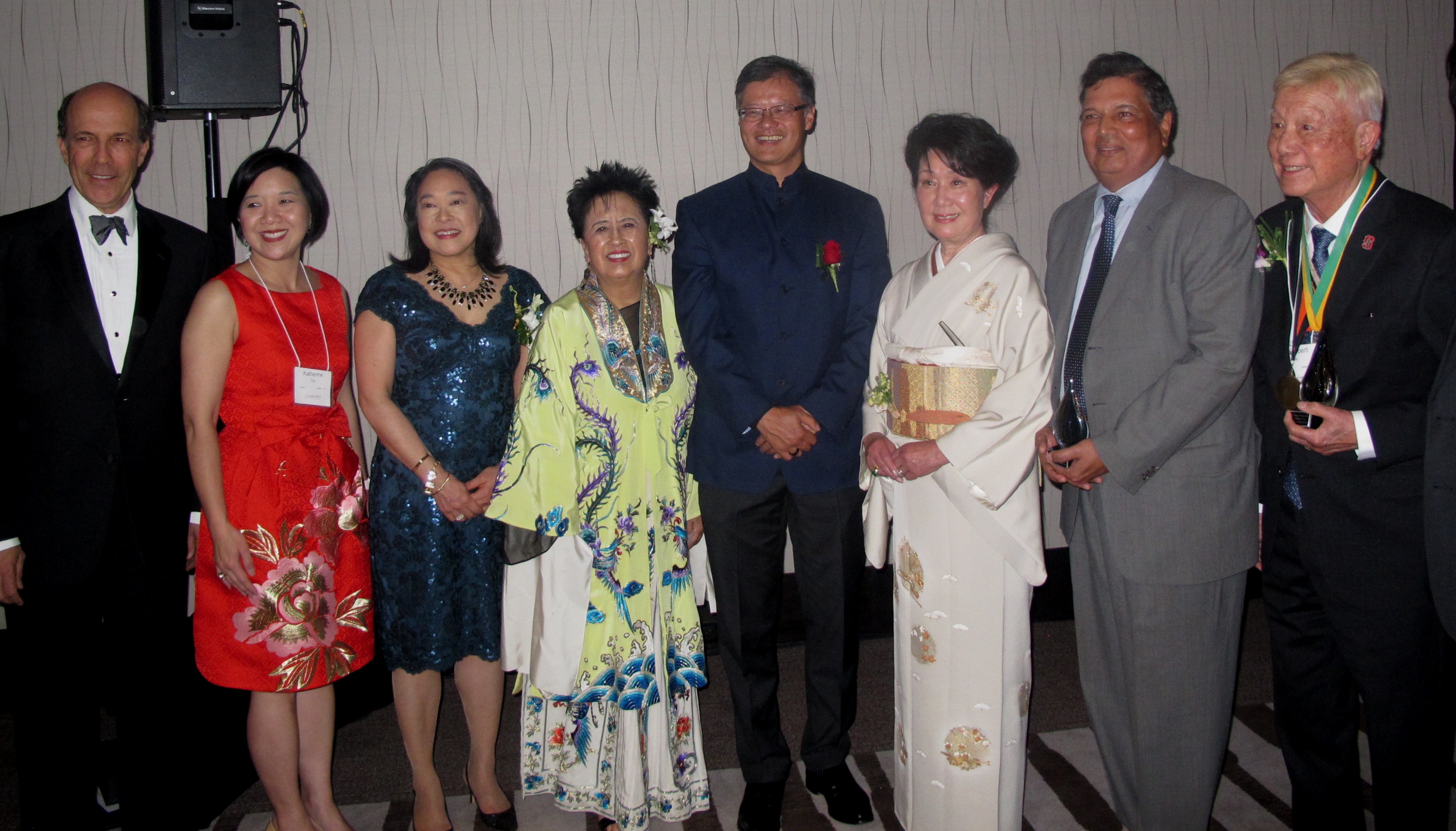
At least 500 Jewish refugees made it to San Francisco and Yokohama in 1939 and 1940 to escape Nazi regimes. Many had taken the Trans-Siberian Railroad from Moscow to Vladivostok, which took up to four weeks. From there, they would journey to Japan and then the United States. AIISF has compiled a database of case files of Jewish refugees available on its website. It also has a number of stories told by Jewish and Russian refugees in its Immigrant Voices website, including Eva Schott Berek, Lotte Loebl Frank, and Nick Friesen. Researchers can also find over 800 files of immigrants and refugees from Austria, Germany and Russia at the National Archives in San Bruno.
The AIISF invite you to share your families’ stories as well. The AIISF is a non-profit partner of Angel Island State Park and raises awareness of the experience of immigration into America through the Pacific.
The 2017 Honorees:
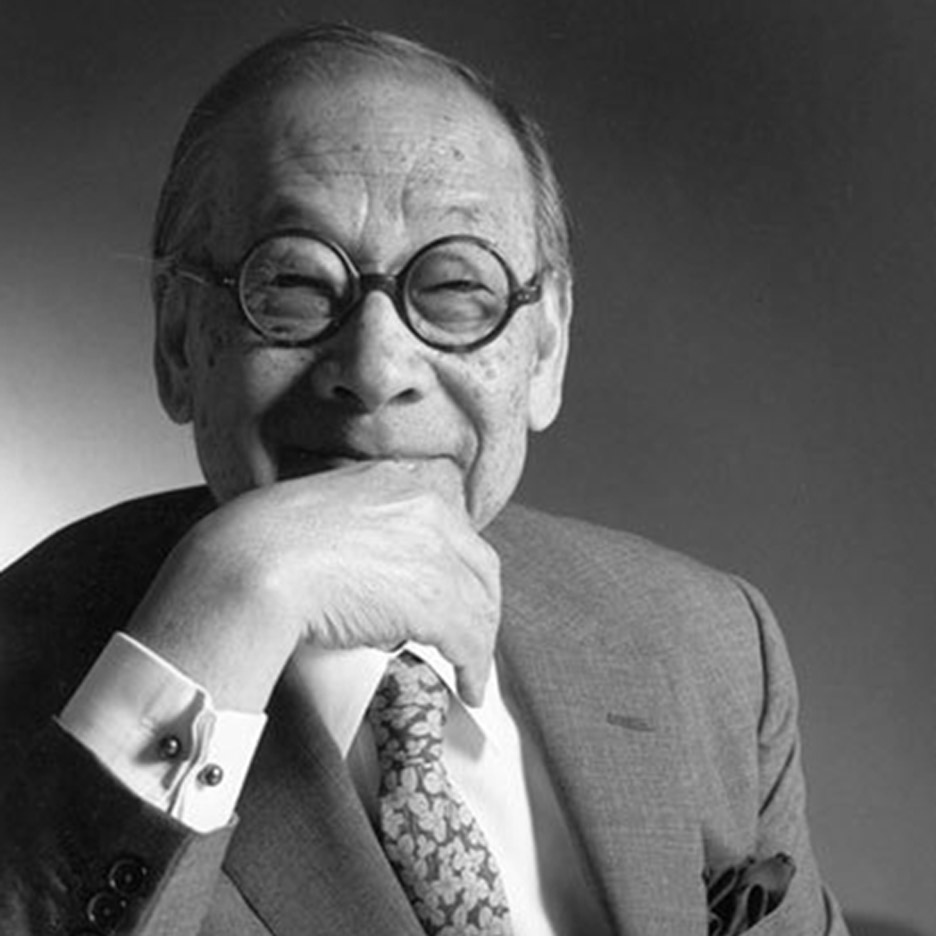 Lifetime Achievement Award: I.M. (Ieoh Ming) Pei was born in Canton (Guangzhou) China in 1917. He came to America as a student and was admitted at the U.S. Immigration Station on Angel Island on August 28, 1935. He studied architecture at M.I.T. and received a Masters from the Harvard School of Design. Recognized as one of the greatest modern architects, Mr. Pei’s work includes the East Building of the National Gallery of Art in Washington, DC, the pyramid at the Louvre in Paris, and the Bank of China Tower in Hong Kong. Mr. Pei has received the highest honors, including the Pritzker Prize, the Medal of Liberty from President Ronald Reagan and Medal of Freedom from President George H. W. Bush. He turns 100 on April 26, 2017.
Lifetime Achievement Award: I.M. (Ieoh Ming) Pei was born in Canton (Guangzhou) China in 1917. He came to America as a student and was admitted at the U.S. Immigration Station on Angel Island on August 28, 1935. He studied architecture at M.I.T. and received a Masters from the Harvard School of Design. Recognized as one of the greatest modern architects, Mr. Pei’s work includes the East Building of the National Gallery of Art in Washington, DC, the pyramid at the Louvre in Paris, and the Bank of China Tower in Hong Kong. Mr. Pei has received the highest honors, including the Pritzker Prize, the Medal of Liberty from President Ronald Reagan and Medal of Freedom from President George H. W. Bush. He turns 100 on April 26, 2017.
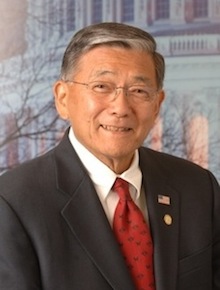 Visionary Award: Norman Mineta’s mother Kane (pronounced Kah-nei) was a Japanese picture bride who arrived on Angel Island in 1914. As a young boy, Mr. Mineta was incarcerated at Heart Mountain camp in Wyoming with his family. After graduating from U.C. Berkeley, Mr. Mineta served in the U.S. Army. Later, he was elected as a San Jose City Councilman, Mayor of San Jose, and then rose to become a U.S. Congressman. He became the first Asian-American cabinet member when President Bill Clinton appointed him to be Secretary of Commerce, then became President George W. Bush’s Secretary of Transportation, where he distinguished himself during 9/11. His numerous awards include the Presidential Medal of Freedom, the Grand Cordon, Order of the Rising Sun, and the Martin Luther King, Jr. Commemorative Medal.
Visionary Award: Norman Mineta’s mother Kane (pronounced Kah-nei) was a Japanese picture bride who arrived on Angel Island in 1914. As a young boy, Mr. Mineta was incarcerated at Heart Mountain camp in Wyoming with his family. After graduating from U.C. Berkeley, Mr. Mineta served in the U.S. Army. Later, he was elected as a San Jose City Councilman, Mayor of San Jose, and then rose to become a U.S. Congressman. He became the first Asian-American cabinet member when President Bill Clinton appointed him to be Secretary of Commerce, then became President George W. Bush’s Secretary of Transportation, where he distinguished himself during 9/11. His numerous awards include the Presidential Medal of Freedom, the Grand Cordon, Order of the Rising Sun, and the Martin Luther King, Jr. Commemorative Medal.
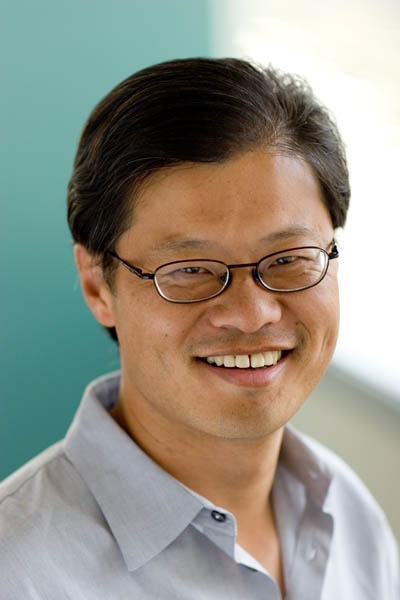 Philanthropy Award: Jerry Yang was born as Yang Chih-Yuan in Taipei, Taiwan in 1968. His father died when he was two, and he immigrated to San Jose in 1978 with his mother and brother. He received a B.S. and M.S. in electrical engineering from Stanford and, while studying there, he and David Filo created a guide to the World Wide Web, which became Yahoo! Mr. Yang served under the special title “Chief Yahoo!” and as CEO. Later, he became a mentor and started a venture firm, AME Cloud Ventures. Mr. Yang and his wife Akiko Yamazaki have turned their financial success into generous philanthropic giving. In February of 2007, they donated $75 million to Stanford University for the development of a multi-disciplinary research, teaching, and lab building. They also have been active board members and supporters of the San Francisco Ballet, Asian Art Museum, and Asian Pacific Fund.
Philanthropy Award: Jerry Yang was born as Yang Chih-Yuan in Taipei, Taiwan in 1968. His father died when he was two, and he immigrated to San Jose in 1978 with his mother and brother. He received a B.S. and M.S. in electrical engineering from Stanford and, while studying there, he and David Filo created a guide to the World Wide Web, which became Yahoo! Mr. Yang served under the special title “Chief Yahoo!” and as CEO. Later, he became a mentor and started a venture firm, AME Cloud Ventures. Mr. Yang and his wife Akiko Yamazaki have turned their financial success into generous philanthropic giving. In February of 2007, they donated $75 million to Stanford University for the development of a multi-disciplinary research, teaching, and lab building. They also have been active board members and supporters of the San Francisco Ballet, Asian Art Museum, and Asian Pacific Fund.
 Community Award (Individual): Dr. Herbert Yee was born in 1924 in Toishan, Guangdong Province, China. His father, Henry, was working in the U.S. and in 1931 sent for his wife and sons to join him in America. Herbert, Calvin, Paul, and their mother took a three-week journey across the Pacific and upon arrival were sent to Angel Island where they were detained for a week. Despite being only seven years old, Herbert had to answer questions from immigration officials. In 1948, Dr. Yee graduated from the College of Physicians and Surgeons Dental School, affiliated with Stanford University, and later served as President of the California State Board of Dental Examiners, President of the International College of Dentists, and as a Trustee of the University of the Pacific for forty years. Dr. Yee has raised funds for many projects, including a new school in his home village in Toishan, and as a board member of the California State Railroad Museum.
Community Award (Individual): Dr. Herbert Yee was born in 1924 in Toishan, Guangdong Province, China. His father, Henry, was working in the U.S. and in 1931 sent for his wife and sons to join him in America. Herbert, Calvin, Paul, and their mother took a three-week journey across the Pacific and upon arrival were sent to Angel Island where they were detained for a week. Despite being only seven years old, Herbert had to answer questions from immigration officials. In 1948, Dr. Yee graduated from the College of Physicians and Surgeons Dental School, affiliated with Stanford University, and later served as President of the California State Board of Dental Examiners, President of the International College of Dentists, and as a Trustee of the University of the Pacific for forty years. Dr. Yee has raised funds for many projects, including a new school in his home village in Toishan, and as a board member of the California State Railroad Museum.
Lina Broydo immigrated from Russia, then the Soviet Union, to Israel where she was educated and got married. After working at the University in Birmingham, England, she and her husband immigrated to the United States. She lives in Los Altos Hills, CA and writes about travel, art, style, entertainment, and sports. She hardly cooks or bakes, with no borsch or piroshky on her home cooking menu. Therefore, she makes reservations and enjoys dining out, mostly sushi.


